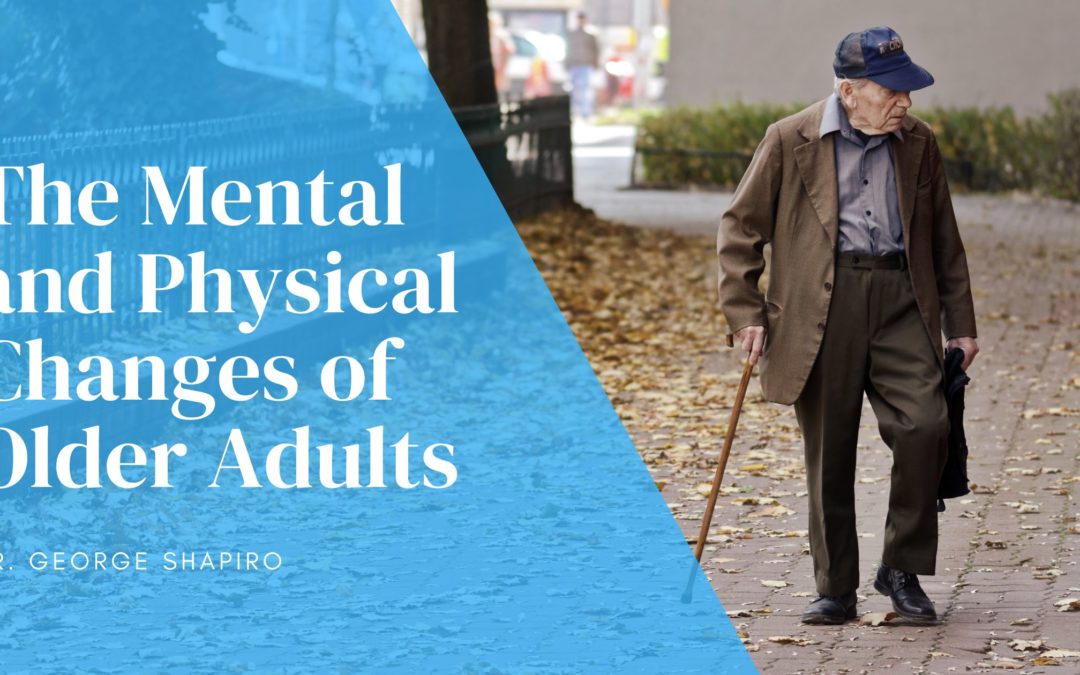The increasing number of older adults has prompted policymakers and researchers to rethink how to extend their lifespan. It is vital that people stay active and healthy. Unfortunately, despite the noble goals of being active and healthy, society’s perceptions of old age have not always reflected the reality of being in America.
This article aims to provide a comprehensive analysis of today’s older adults and debunk common myths about aging.
No Older Adults Are The Same
Many people assume that older adults are the same. However, this is not the case, as the various characteristics of older adults differ from those of other age groups.
Mental and Cognitive Health
Most people over 60 do not experience significant cognitive changes that can interfere with their daily functioning. They can still learn new skills. For instance, memory changes can occur with age but does not affect long-term memory as much. Some of the changes that older adults can expect to see include slower reaction times and reduced ability to solve problems.
The speed at which information is stored, retrieved and encoded slows down as people get older. However, many older people perform better on intelligence tests that rely on their accumulated experience.
Creativity and wisdom continue to be the most common traits of older adults.
People who were outgoing as they were young are likely to have outgoing qualities throughout their lives. On the other hand, those who are more likely to have mental health issues are less likely to do so.
Older adults can experience mental health problems, such as depression or anxiety. The suicide rate among men over 85 is higher than for other age groups. By 2020, the number of older adults with substance abuse problems will be expected to double.
Dementia, a type of dementia, is not considered a normal part of aging.
Around 5% of the country’s population between the ages of 71 and 79 become affected by dementia. Older people are more likely to feel satisfied with their lives as they age.
Physical Health
As people get older, they experience various physical changes and health issues. Although all adults are different, the health status of older adults can vary. For instance, some are still active and healthy, while others are frail and have multiple health conditions.
About 92 percent of older adults have a chronic condition. while about 77 percent have two or more. Over two-thirds of all deaths among those over 65 years occur annually due to four primary conditions: cancer, diabetes, heart disease, and stroke. People over 55 are more prone to being diagnosed with HIV, and the number of people with this condition is expected to increase.
In addition, around 25 percent of adults over 65 and 50 percent of those over 75 have a hearing impairment. This condition is often associated with isolation. Visual changes among older adults can also cause various issues, such as difficulty reading small print and having difficulty navigating at night.
Older racial and ethnic groups are more prone to experiencing higher rates of diabetes, high blood pressure, and obesity.
The lack of access to quality health care and poverty are some of the factors that contribute to the disparity in the quality of life for older adults. Despite the various factors that affect their health, two-thirds of those not in long-term care facilities report being very good or excellent at their current living level.

